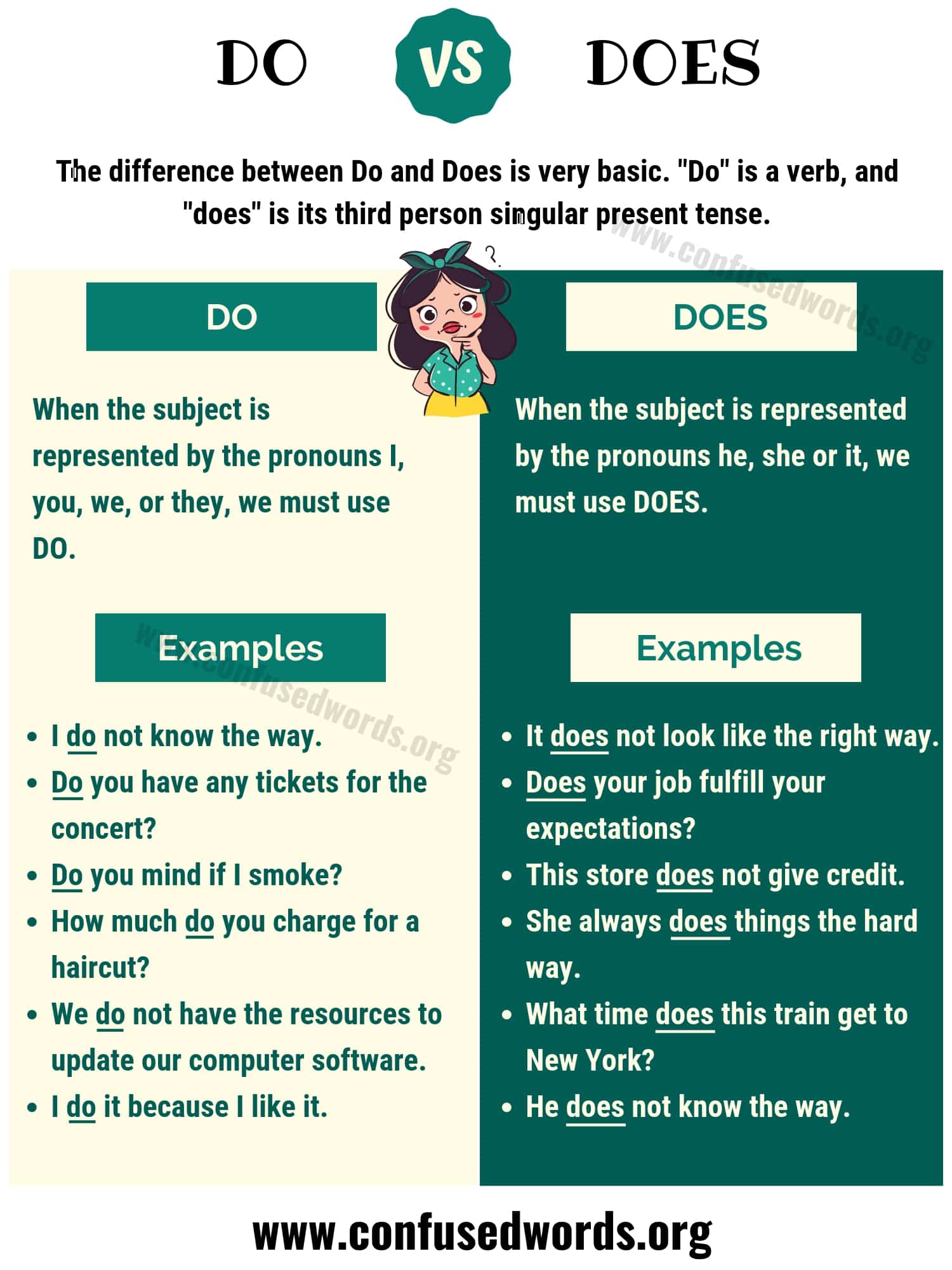Understanding Repetition as Figurative Language: Techniques, Examples, and Practical Applications
Introduction to Repetition in Language and Literature
Repetition is a fundamental technique widely used in literature, speeches, marketing, and everyday communication. It involves the deliberate reuse of sounds, words, phrases, or structures to create emphasis, rhythm, or clarity. This article examines whether repetition is considered figurative language, explores its various forms, and provides actionable guidance for leveraging repetition in professional and creative contexts.

Source: rabbidunner.com
Is Repetition Figurative Language?
The term
figurative language
refers to literary devices that go beyond literal meanings to create imagery, suggest comparisons, or provoke emotion. Common forms include metaphor, simile, personification, and hyperbole. While repetition is primarily a
literary device
-used to reinforce ideas and create resonance-it is sometimes classified as a form of figurative language, especially when it contributes to meaning beyond the literal repetition of words or sounds
[3]
. The distinction lies in intent: when repetition is used creatively to evoke emotion, reinforce a theme, or create emphasis, it often overlaps with figurative language
[4]
.
Types of Repetition and Their Literary Impact
Repetition appears in many forms, each serving a distinct function in writing and speech. Key types include:
Anaphora
Anaphora is the repetition of a word or phrase at the beginning of successive clauses or sentences. For example, Martin Luther King Jr.’s “I have a dream” speech uses anaphora to inspire and persuade. This technique enhances rhythm and emotional impact [3] .
Epistrophe
Epistrophe involves repeating a word or phrase at the end of successive clauses. In songwriting, Beyoncé’s “Single Ladies” chorus repeats “put a ring on it” at the end of each line, reinforcing the central message [3] .
Epizeuxis
Epizeuxis
is the immediate repetition of a word, often for emphasis. For instance, Shakespeare’s “Oh, woeful, oh woeful, woeful, woeful day!” from
Romeo and Juliet
heightens the emotion
[4]
.
Symploce
Symploce combines anaphora and epistrophe, repeating words at both the start and end of successive clauses. Bill Clinton used symploce in speeches to emphasize unity and resolve: “When there is talk of hatred, let us stand up and talk against it” [3] .
Polyptoton
Polyptoton repeats words derived from the same root. Dr. Seuss’s “You are You, that is truer than true. There is no one alive who is Youer than You.” illustrates this form, adding playful emphasis [1] .
Negative-Positive Restatement
This technique restates ideas in both negative and positive terms for clarity and emphasis, as in Oscar Wilde’s “The tragedy of old age is not that one is old, but that one is young.” [1] .
Repetition as a Tool for Emphasis and Persuasion
Repetition helps audiences remember key points, builds rhythm, and can evoke strong emotions. In business communication, marketers use repetition in slogans and branding-think “Just Do It” by Nike-to reinforce messages and boost recall. In sales, repetition can clarify complex ideas, making them easier to understand and remember.
Practical Steps for Using Repetition Effectively
If you wish to apply repetition in your writing or communication:
- Identify the core message or theme you want to emphasize.
- Choose a repetition type suited to your purpose-anaphora for speeches, epizeuxis for emotional impact, etc.
- Craft your message, repeating key words or phrases deliberately but sparingly to avoid monotony.
- Read your work aloud to ensure the repetition enhances rhythm and meaning without overwhelming the audience.
For professional presentations, consider using repetition in opening and closing statements to reinforce central ideas. In sales, repeating the benefits of a product can improve retention and persuasion.
Challenges and Alternatives to Repetition
While repetition is powerful, overuse can lead to redundancy and audience fatigue. To avoid this:
- Balance repetition with variation-alternate repeated phrases with synonyms or related concepts.
- Use parallel structure to maintain interest and clarity.
- Solicit feedback from colleagues or editors to refine usage.
Alternative techniques include metaphor, analogy, and imagery, which can reinforce ideas without direct repetition.
Case Studies: Repetition in Literature and Marketing
Classic literature abounds with repetition:
-
Charles Dickens’s
A Tale of Two Cities
opens with “It was the best of times, it was the worst of times…”-an example of anaphora and antithesis, which creates dramatic tension [4] . -
Shakespeare frequently uses repetition to heighten drama, as in “Words, words, words” from
Hamlet
[2] .
In marketing, repetition is used in taglines (“Have it your way”), advertising copy, and brand messaging to boost recognition and retention. Studies show that repeated exposure to slogans increases consumer recall and positive associations [5] .

Source: fiesta-sa.org
How to Find More Information and Access Related Resources
If you want to learn more about repetition and its applications:
- Search for “literary devices” or “figurative language” in reputable education sites such as LitCharts or MasterClass.
- Explore writing blogs like Reedsy for practical examples and guides [1] .
- Review academic resources on literary theory for deeper insights into figurative language and repetition.
For business professionals, consider consulting marketing guides and communication strategy resources. If you need expert advice, you can reach out to writing coaches or enroll in online courses offered by established platforms (such as MasterClass) after confirming their official website address.
Summary and Key Takeaways
Repetition is a versatile and impactful technique that overlaps with figurative language when used to evoke meaning beyond literal interpretation. By understanding the different types of repetition and their effects, writers and communicators can harness its power to persuade, emphasize, and inspire. Whether in literature, sales, or everyday speech, repetition remains an essential tool for clarity, resonance, and memorability.
References
- Reedsy (2024). 29 Must-Know Examples of Repetition in Literature.
- LitCharts (2025). Repetition – Definition and Examples.
- StudioBinder (2025). What is Repetition – Definition and Examples for Writers.
- Skill Success Blog (2024). Is Repetition a Figurative Language?
- MasterClass (2022). Writing 101: What Is Repetition? 7 Types of Repetition in Writing With Examples.
MORE FROM 9scholarships.de













